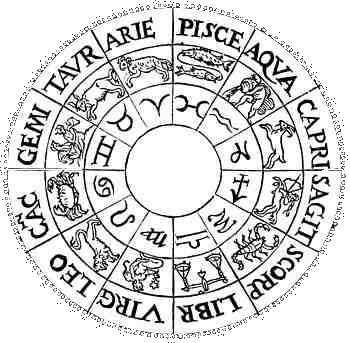The Bahá’í Calendar, arguably the least lunar calendar there is, has recently been given a lunar calculation of its own. Because the founders of the Bábí and Bahá’í religions were reported to have been born a day apart on the Islamic calendar (though two years apart), the Bahá’í leaders in Israel figured it would be nice to make this happen on their calendar. To do this, they marked the 8th new moon after No-Rúz in Tehran as the one most likely to be close to the time of year when the two prophets were born, and then had one prophet’s birth commemorated on the first day after that new moon and the other prophet’s birth commemorated on the day after that.

The commemorations will no longer occur on the actual dates of birth on the solar cycle (October 20 and November 12) or even the Islamic calendar, but rather, they will take place on different dates from year to year, as is done with Easter and Good Friday.
Calendars are an important tool for scheduling our activities. A farmer might use a solar calendar to plan a harvest. A Bedouin might use a lunar calendar to plan a journey across the desert. Many calendars are a hybrid between solar and lunar so that they can be used in accord with seasonal and lunar cycles. The Gregorian calendar, for instance, is precisely calculated to remain synchronized with the seasons. It is not so precise with respect to lunar cycles, each of its months being about a day too long to keep pace with the phases of the moon. Still, a Gregorian month can be used to loosely approximate a lunar month.
Calendars can also be used to lend meaning to a day or a time of year. Nations and religions use calendars to assert their values and allegiances. They do so by marking certain dates as sacred (in a religious or secular sense).
The Bábí religion of 19th Century Iran was the first that I know of to take the “moon” out of month, to redefine it such that it has absolutely no correspondence to lunar cycles. The Bábí month had 19 days it, presumably because 19 is the square root of 361 (which is nearly 365.24). If one makes a month 19 days long, one can have 19 months in a year. You’ll have to add 4 or 5 days on at the end to complete the year, but otherwise you have a calendar that is a kind of perfect square. It has little to say about natural cycles, because the cycles are not perfect squares, but if one likes mathematical perfection it has that going for it.
The Bábí calendar, like the ancient Iranian calendar, was a solar calendar with its new year, “No-Rúz” in Farsi, on the Vernal Equinox (about March 20). This changed a bit when the Bábí religion metamorphosed into the Bahá’í Faith. The founder of the latter religion, Bahá’u’lláh, used his knowledge of astrology to alter the Bábí calendar so that the Bahá’í new year would occur when the sun enters the constellation Aries, which might be regarded as a war god or a sheep.
Because the sun enters Aries on about April 18, the Bahá’í calendar should have its new year on that date, but this rule has been ignored. The Bahá’í calendar is said, rather, to begin on the Vernal Equinox, but this is not strictly the case. It is, rather, based upon the Gregorian calendar, its new year being marked on March 20th every year, regardless of whether the equinox falls on that date or not.
A calendar that begins when the sun enters a constellation is bound to drift against the seasons, so it is more astrological—or Zodiacal—than it is solar. However, so long as the Bahá’í calendar is based upon the Gregorian calendar, it will remain a solar calendar (by association).























